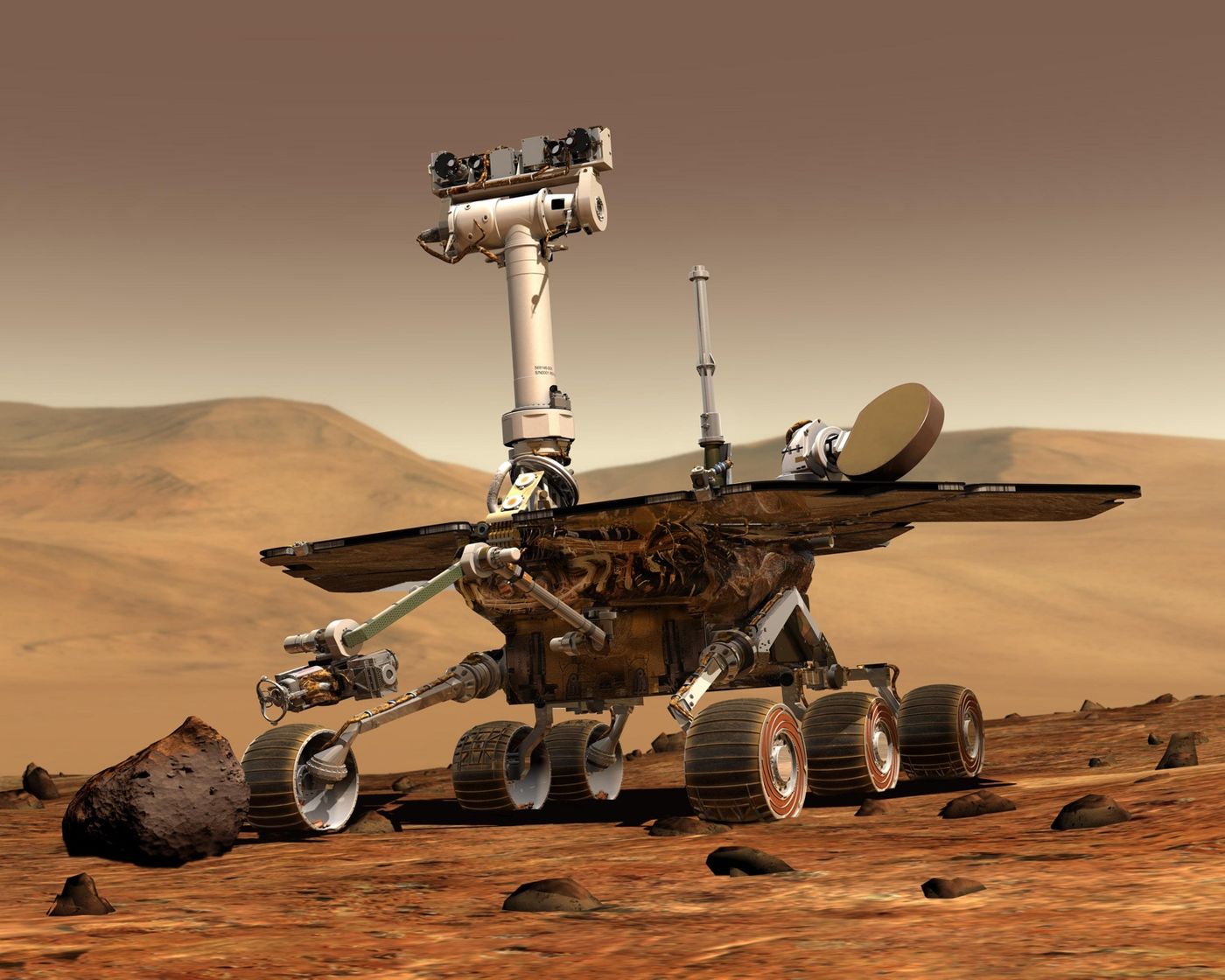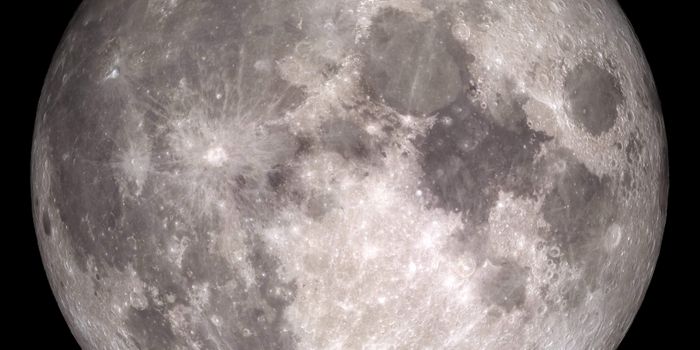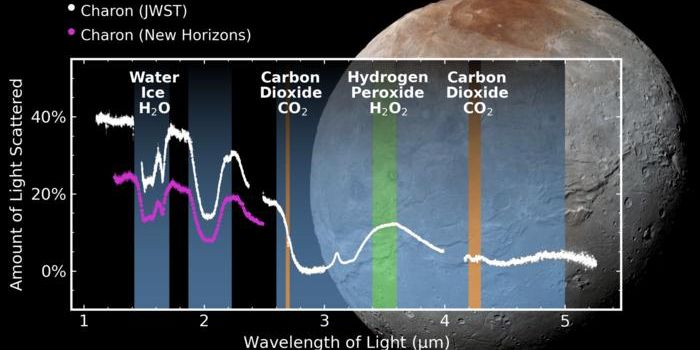Hope Dwindling As NASA Fails to Hear Back From Opportunity
NASA’s Opportunity rover fell silent last Summer when a planet-wide dust storm enveloped Mars. The dust storm lasted for several months, but it came and went; unfortunately, engineers have yet to reestablish contact with the rover since it succumbed to the dust storm, and the optimism that this might change is quickly fading.
Image Credit: NASA
“We’re getting close to the end,” said Mars Exploration Rover project manager John Callas from NASA’s Jet Propulsion Laboratory. “At some point, in an emotional sense, you have to say ‘enough’ and move on, to say goodbye.”
Related: Will we ever hear from the Opportunity rover again?
You’ve probably discerned already from the hopelessness in Callas’ tone of voice that those involved with the recovery attempts are getting somewhat exhausted with all the failed efforts to restore communication with Opportunity over the last several months. Nevertheless, the team still has a few tricks up its sleeve.
With the seasons now changing on Mars, the red planet is about to get a whole lot windier. NASA and those involved with the communication attempts are hopeful that the wind gusts will kick enough of the dust buildup off Opportunity’s solar arrays to let the rover charge up and turn back on. It’s a long shot, but perhaps not too far-fetched.
On the other hand, Opportunity has been dormant for so long that engineers think its batteries could be depleted. Just as a dead battery in a car would reset radio settings and timekeeping, engineers are concerned that the same might have happened with Opportunity. That said, if the rover ever did wake up, then its clock would be out of whack, potentially hampering communication efforts at certain times of the day.
In response to this potential pitfall, engineers use the Deep Space Network (DSN) antenna to listen for signals from Opportunity during all hours of the day and night. Sadly, they still haven’t heard anything, and options are becoming limited.
“There are still some techniques we want to try to account for multiple failure scenarios on the vehicle,” Callas added. “We’re trying to look at all the possible things that could explain why we haven’t heard from the rover that are potentially recoverable. Things like if both transmitter amplifiers failed, could we use just the UHF (radio)? Those are the kinds of things we’re looking at. We’d like to give those a try.”
Related: The Curiosity rover's wheels are beginning to break
If the team fails to contact the Opportunity rover as the windy season ensues, then they could be out of luck. If they can’t get things up and running before the Martian Winter, then Opportunity will have no hope of receiving enough sunlight to power on again, and NASA will have no choice but to abandon it.
“NASA makes the decision about this,” Callas concluded. “Until they tell us otherwise, we’ll keep going.”
NASA’s Opportunity rover has ridden out dust storms before, but the one that enveloped Mars last Summer was intense; in fact, it was the worst of its kind that humans have witnessed since astronomers first started peering at the red planet through telescopes. Only the Curiosity rover with its nuclear-centric power source continued to operate as expected throughout the storm.
Even if NASA doesn’t successfully reestablish a connection with Opportunity, the mission was more successful than anyone could have hoped. NASA’s newer Curiosity rover continues to explore the Martian surface, and it won’t be long now before the upcoming Mars 2020 rover joins it.
Without a doubt, NASA has a lot to look forward to regarding Martian exploration whether it successfully revives the Opportunity rover or not.
Source: Spaceflight Now









